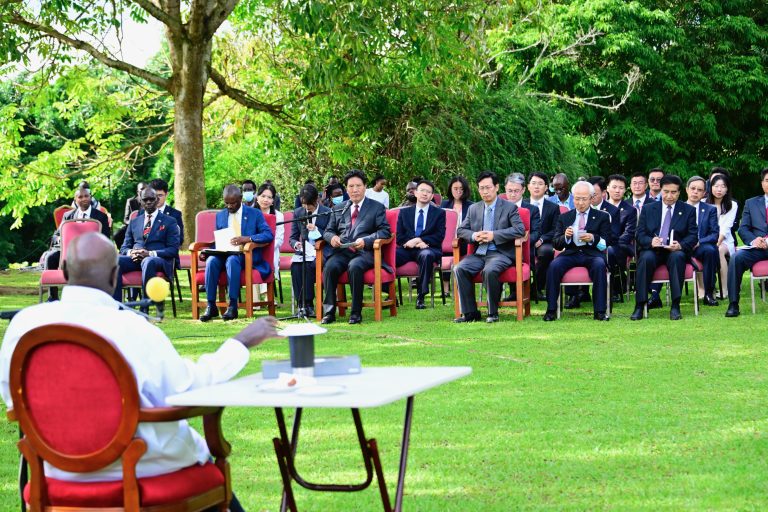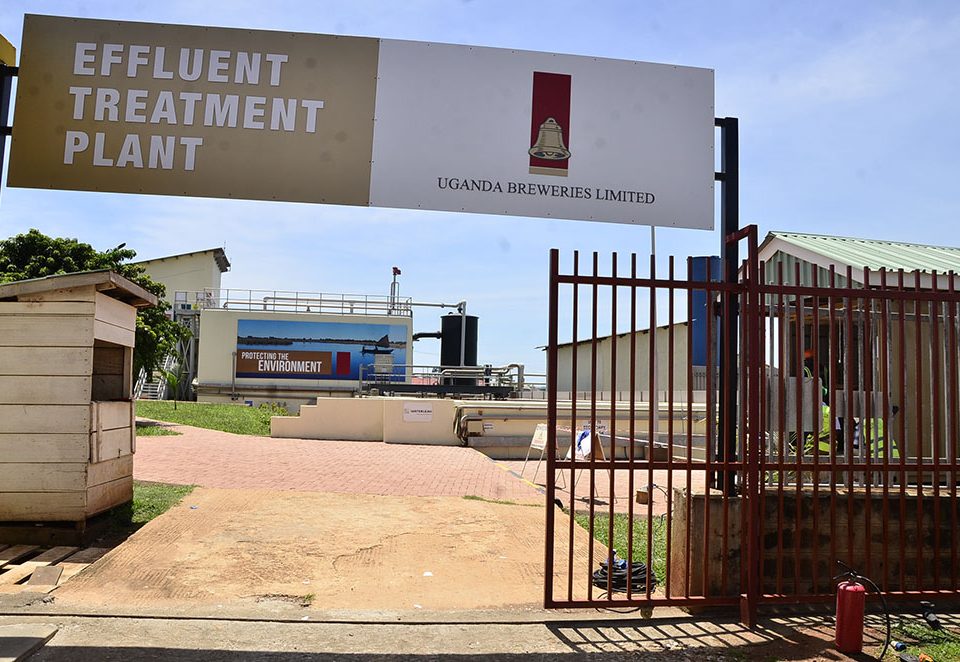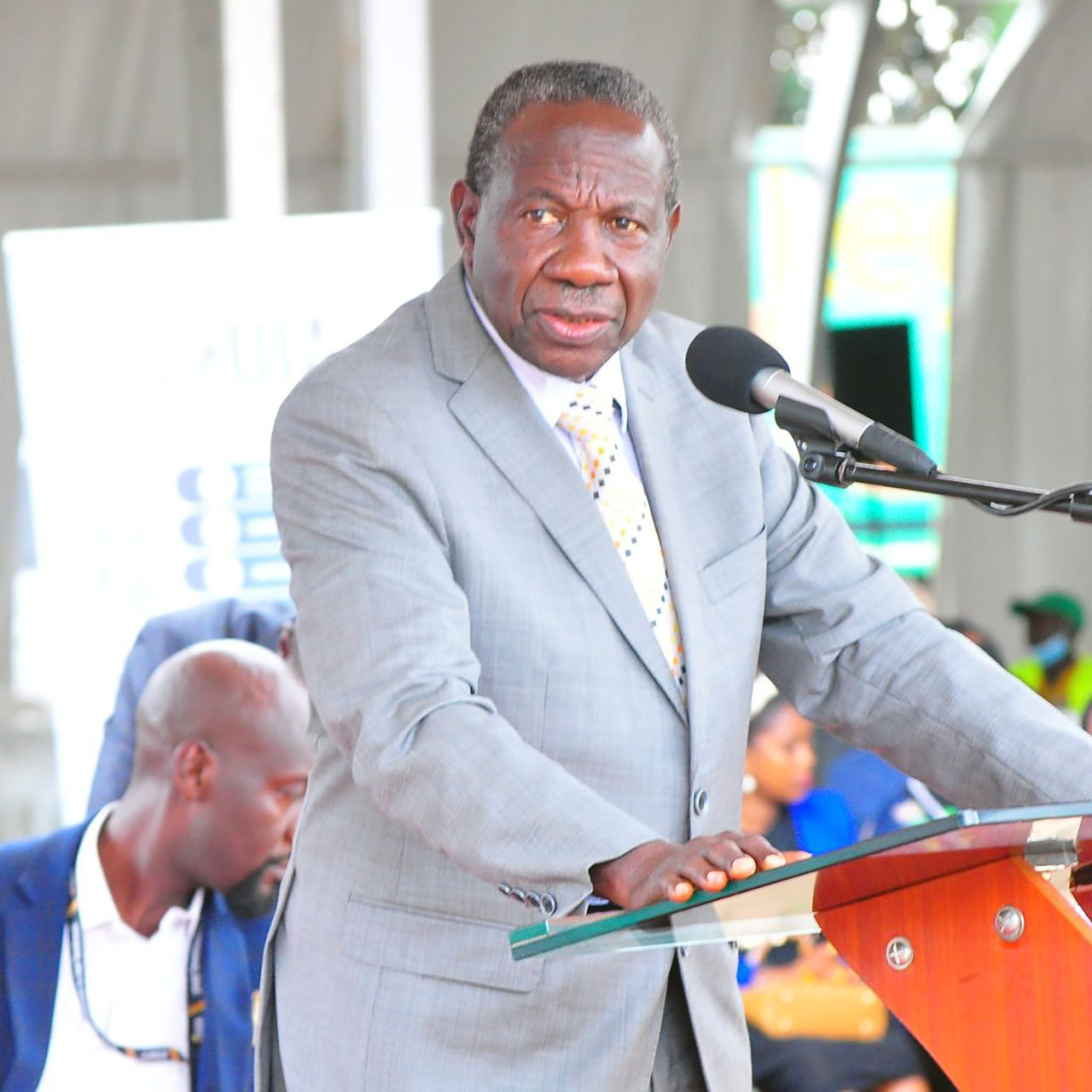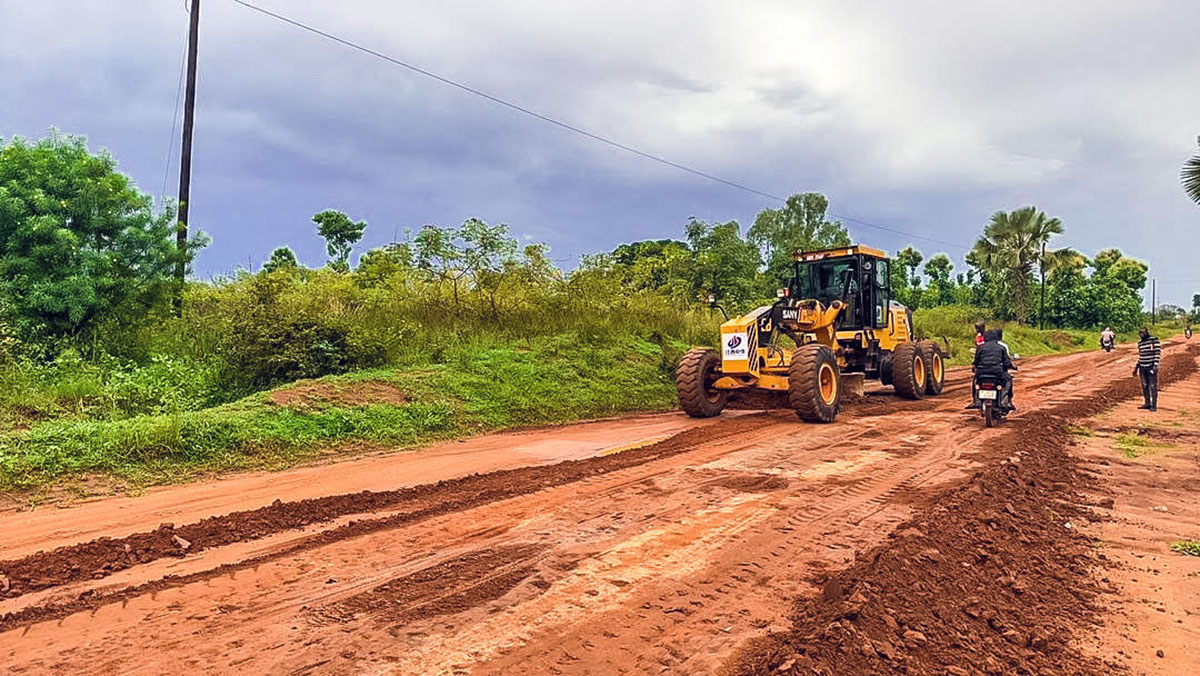Uganda gets positive IMF growth projection

The IMF Headquarters in New York, USA.
The International Monetary Fund (IMF) has painted a positive picture of Uganda’s economic growth prospects, posting a 5.9% growth projection, according to the latest World Economic Outlook report, which is above the average of 4.2% for Sub-Saharan Africa.
On another positive note, the IMF says Uganda’s annual inflation has dropped from 5.3% in 2023 to 3.4% in 2024, lower than Kenya’s 5.1% and Rwanda’s 4.9%.
However, Uganda’s revenue performance as a percentage of GDP is still the lowest in the region - standing at about 14.8%, compared to Burundi’s 23%, Rwanda’s 22.6%, Kenya’s 17.5%, and Tanzania’s 16%.
- According to the IMF, Uganda has navigated the post pandemic for recovery well due to “sound macroeconomic policies.”
The economic recovery is strengthening with low inflation, favorable agricultural production, and strong industrial and services activity. While public debt is sustainable, low tax revenues constrain Uganda’s fiscal policy space.
Strengthening domestic revenue mobilization and budgetary and cash management practices are key to securing a durable fiscal space. The Bank of Uganda’s tight monetary policy stance has helped anchor inflation expectations and counter external sector pressures.
- At their IMF Caucus meeting in New York on October 22, Finance Ministers from African countries noted that geopolitical fragmentation, elevated borrowing costs, and the ongoing high cost of living are creating a challenging backdrop for policy making on the continent.
Wale Edun, Nigeria’s Minister of Finance and Chair of the African Caucus, and Kristalina Georgieva, Managing Director of the IMF), said in a press statement that some countries are also facing social instability and insecurity which imposes heavy human costs on populations while also undermining growth prospects and exacerbating economic vulnerabilities.
“Renewed focus on enhancing domestic resource mobilization is critical and it should be supported by governance reforms to improve public financial management, fiscal transparency, and enhance accountability. We welcome the launch of the Joint Domestic Resource Mobilization Initiative (JDRMI) by the IMF and World Bank which seeks to improve domestic revenue mobilization, enhance spending efficiency, and develop domestic financial markets,” they said.
Generally, the IMF report shows that global growth is expected to remain stable yet underwhelming, with risks to the global outlook tilted to the downside amid elevated policy uncertainty.
In several regions, disruptions to production and shipping of commodities—especially oil—conflicts, civil unrest, and extreme weather events have led to downward revisions to the outlook for the Middle East and Central Asia and that for sub-Saharan Africa.
- However, despite the good news on inflation, downside risks are increasing and now dominate the outlook. An escalation in regional conflicts, especially in the Middle East, could pose serious risks for commodity markets. Shifts toward undesirable trade and industrial policies can significantly lower output relative to our baseline forecast.
- Monetary policy could remain too tight for too long, and global financial conditions could tighten abruptly.
Pierre-Olivier Gourinchas, the IMF Economic counsellor, suggested in a blog that the global battle against inflation has largely been won, even though price pressures persist in some countries. After peaking at 9.4% year-over-year in the third quarter of 2022, headline inflation rates are now projected to reach 3.5% by the end of 2025, below the average level of 3.6% between 2000 and 2019.
But whereas the global decline in inflation is a major mile stone, downside risks are rising and now dominate the outlook: an escalation in regional conflicts, monetary policy remaining tight for too long, a possible resurgence of financial market volatility with adverse effects on sovereign debt markets.
The report also shows that change in global monetary conditions is easing the pressure on emerging market economies, but that much more needs to be done to improve growth prospects and lift productivity, as this is the only way we can address the many challenges we face: rebuilding fiscal buffers, aging and declining populations in many parts of the world, young and growing populations in Africa in search of opportunity, tackling the climate transition, increasing resilience, and improving the lives of the most vulnerable, within and across countries.



.jpeg)






















































